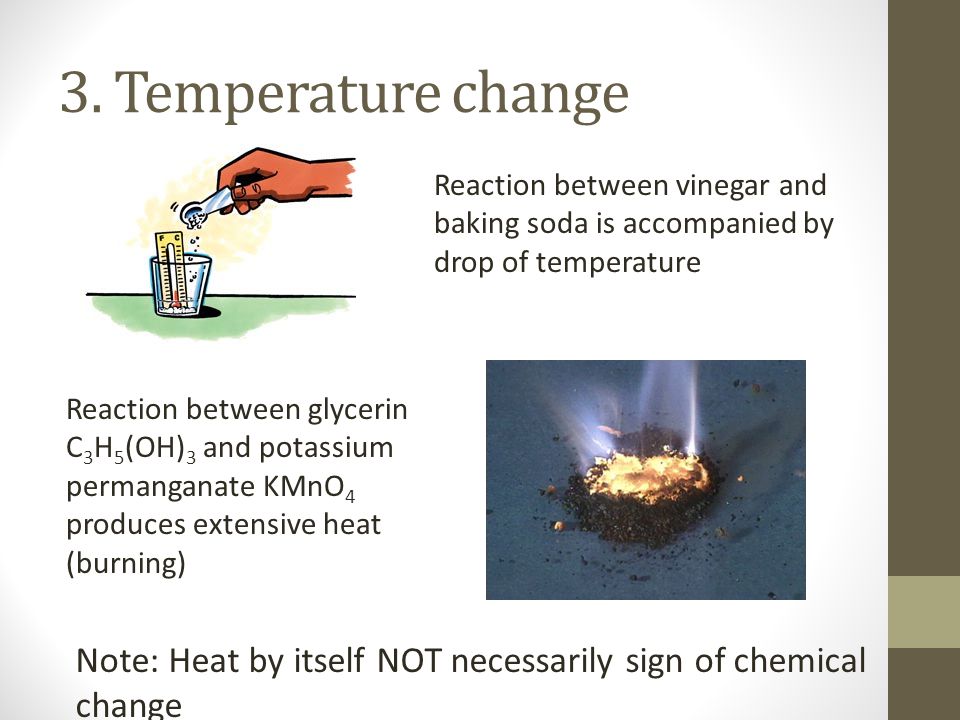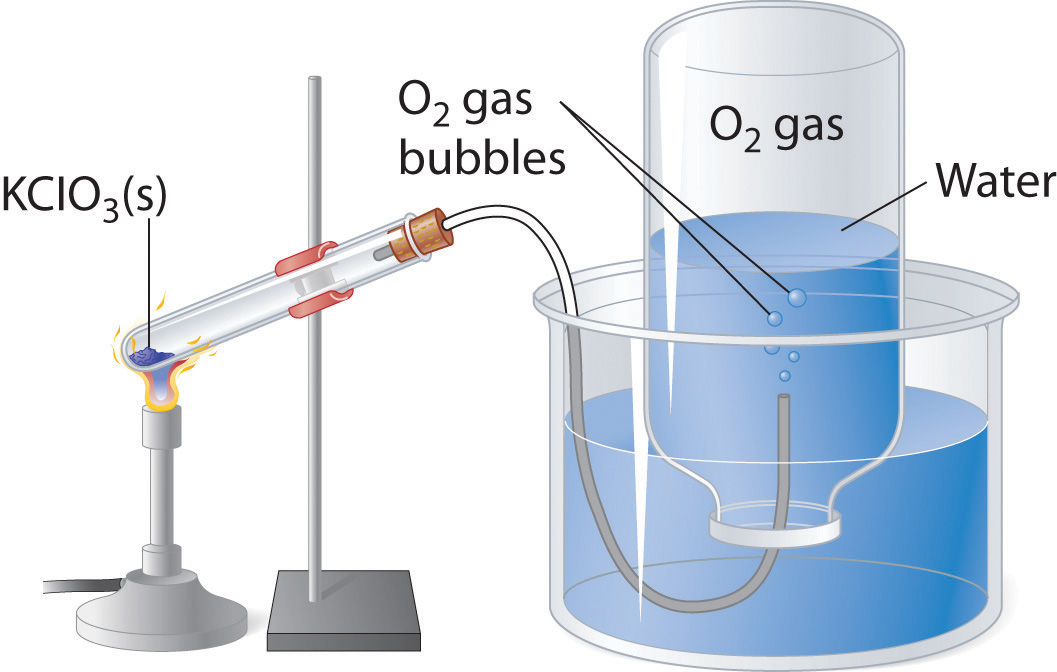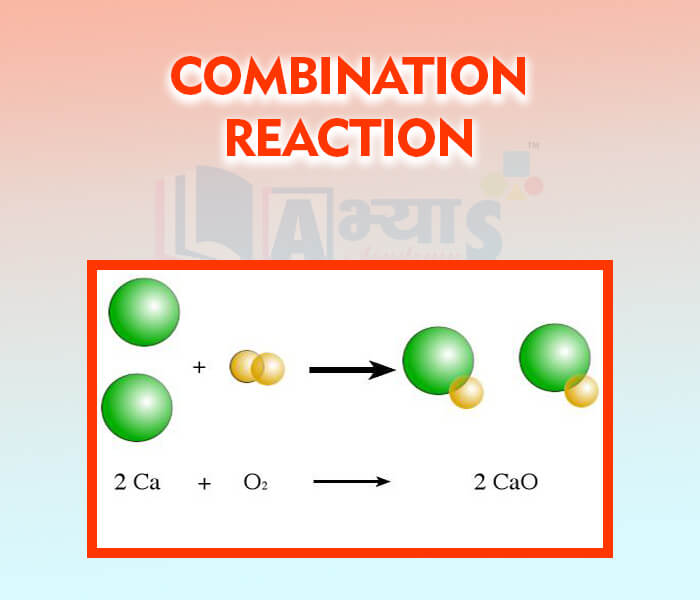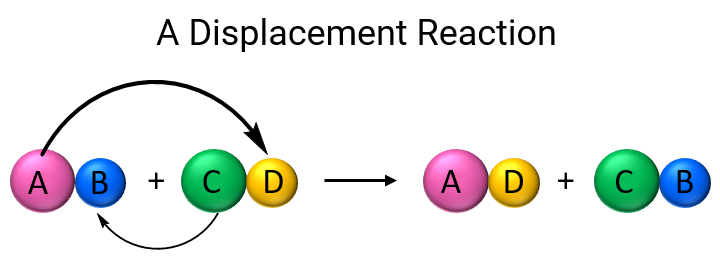Professional Courses
Industry-relevant training in Business, Technology, and Design to help professionals and graduates upskill for real-world careers.
Categories
Interactive Games
Fun, engaging games to boost memory, math fluency, typing speed, and English skills—perfect for learners of all ages.
Typing
Memory
Math
English Adventures
Knowledge
Enroll to start learning
You’ve not yet enrolled in this course. Please enroll for free to listen to audio lessons, classroom podcasts and take practice test.
Interactive Audio Lesson
Listen to a student-teacher conversation explaining the topic in a relatable way.
Definition of Chemical Reactions
Unlock Audio Lesson
Signup and Enroll to the course for listening the Audio Lesson

Today, we're exploring chemical reactions. Let's start with the definition: a chemical reaction occurs when reactants are transformed into products, resulting in new substances. Does anyone know what reactants are?

Are reactants the starting materials in a reaction?

That's correct! Reactants are indeed the starting materials. When they react, they convert into products. What do we call the new substances formed?

Those would be the products, right?

Exactly! To help remember this, think: Reactants are 'Ready' to change, Products are 'Produced'. Now, what might indicate that a chemical reaction has occurred?

Maybe a change in color?

That's one great indicator! There are several, including color changes, temperature shifts, gas formation, precipitate formation, or changes in state.

How do we know if the new product has different properties?

Good question! Different properties can be determined through observation, like texture, color, or through testing, such as solubility. Let's recap: we learned that reactants change into products and we can observe this change through indicators. Who can name one?

Change in color!
Characteristics of Chemical Reactions
Unlock Audio Lesson
Signup and Enroll to the course for listening the Audio Lesson

Now that we understand what a chemical reaction is, let's delve into its characteristics! Can anyone describe what happens during a chemical reaction?

You mentioned earlier that color changes are a sign of a reaction?

Absolutely! Changes like a color change can indicate a reaction. For example, when iron reacts with copper sulfate, the blue color fades. What else can change?

Temperature can change, too!

Correct! We see this when lime is mixed with water; it becomes hot! This indicates a release of energy. What about gases?

We can get gas when metals react with acids, like hydrogen from zinc and sulfuric acid!

Excellent example! Formation of gas is another indicator of a chemical reaction. Lastly, what happens if a solid forms from two liquids?

That’s a precipitate!

Right! All these characteristics help us identify and confirm that a chemical reaction has taken place. Let’s summarize what we learned.
Types of Chemical Reactions
Unlock Audio Lesson
Signup and Enroll to the course for listening the Audio Lesson

Now, let's explore the major types of chemical reactions. Can anyone name a type of reaction?

Combination reaction?

Correct! In a combination reaction, two substances merge to create one product. What’s an example?

Like when carbon and oxygen combine to make carbon dioxide!

Exactly! Now what about decomposition reactions?

Those are when a compound breaks down into simpler substances!

Great! And an example of this would be when calcium carbonate decomposes under heat. How about displacement reactions?

That's when a more reactive element kicks another out of its compound!

Correct again! And what about double displacement? Does anyone remember this type?

I think it's when two compounds exchange ions!

Absolutely! Let's recap the four main types: Combination, Decomposition, Displacement, and Double Displacement. Each has its unique mechanism and products.
Introduction & Overview
Read a summary of the section's main ideas. Choose from Basic, Medium, or Detailed.
Quick Overview
Youtube Videos

Audio Book
Dive deep into the subject with an immersive audiobook experience.
Definition of a Chemical Reaction
Unlock Audio Book
Signup and Enroll to the course for listening the Audio Book
A chemical reaction is a change in which one or more substances (called reactants) are converted into new substances (called products).
Detailed Explanation
A chemical reaction involves a process where starting materials, known as reactants, undergo a transformation to become new materials called products. During this process, the substances involved change in structure and composition, resulting in entirely new substances with potentially different characteristics. This definition emphasizes that not only does the material change, but the nature of the material changes as well.
Examples & Analogies
Think of baking a cake. Ingredients like flour, eggs, and sugar (the reactants) are mixed and baked to create a cake (the product). Once baked, you cannot turn the cake back into flour, eggs, and sugar — it has undergone a permanent change.
Definitions & Key Concepts
Learn essential terms and foundational ideas that form the basis of the topic.
Key Concepts
-
Chemical Reaction: Transformation of substances from reactants to products.
-
Reactants and Products: Understanding the difference between starting materials and newly formed substances.
-
Types of Reactions: Introduction to various reaction types such as combination, decomposition, and displacement.
Examples & Real-Life Applications
See how the concepts apply in real-world scenarios to understand their practical implications.
Examples
-
Burning magnesium in air produces magnesium oxide as a new substance.
-
Mixing vinegar and baking soda produces carbon dioxide gas.
Memory Aids
Use mnemonics, acronyms, or visual cues to help remember key information more easily.
🎵 Rhymes Time
-
Reactants react and products form, in color and heat, the signs are warm.
📖 Fascinating Stories
-
Imagine a chef combining two ingredients, like flour and water, to create dough. That’s a combination reaction! When you heat it, and it becomes bread, that’s a transformation resulting in new products!
🧠 Other Memory Gems
-
Remember the acronym CDD for chemical reaction types: C for Combination, D for Decomposition, D for Displacement.
🎯 Super Acronyms
Use the acronym CHEM to remember characteristics
- C: for Color change
- H: for Heat exchange
- E: for gas Evolution
- M: for Making a precipitate.
Flash Cards
Review key concepts with flashcards.
Glossary of Terms
Review the Definitions for terms.
-
Term: Chemical Reaction
Definition:
A process where reactants are transformed into products with different properties.
-
Term: Reactants
Definition:
Substances that undergo a chemical change in a reaction.
-
Term: Products
Definition:
New substances formed as a result of a chemical reaction.
-
Term: Exothermic Reaction
Definition:
A chemical reaction that releases heat.
-
Term: Endothermic Reaction
Definition:
A chemical reaction that absorbs heat.
-
Term: Precipitate
Definition:
An insoluble solid formed during a chemical reaction.
Characteristics of Chemical Reactions
- Change in Colour: Observable changes such as fading colors indicate a reaction.

- Change in Temperature: Reactions can release or absorb heat. For example, slaking lime releases heat.

- Formation of a Gas: Evidence of gas production, such as hydrogen from zinc and sulfuric acid.

- Formation of a Precipitate: An insoluble solid forms when two solutions react.

- Change in State: Changes in physical form, e.g., solid to gas, can occur during reactions.

Types of Chemical Reactions
- Combination Reaction: Two or more substances combine to form a single product.

- Decomposition Reaction: A compound breaks down into simpler substances.

- Displacement Reaction: A reactive element displaces a less reactive element from a compound.

- Double Displacement Reaction: Two compounds exchange ions to form new compounds.

The significance of understanding chemical reactions extends into various fields, impacting processes such as digestion, respiration, cooking, and industrial manufacturing. This foundational knowledge is crucial for students studying chemistry.
